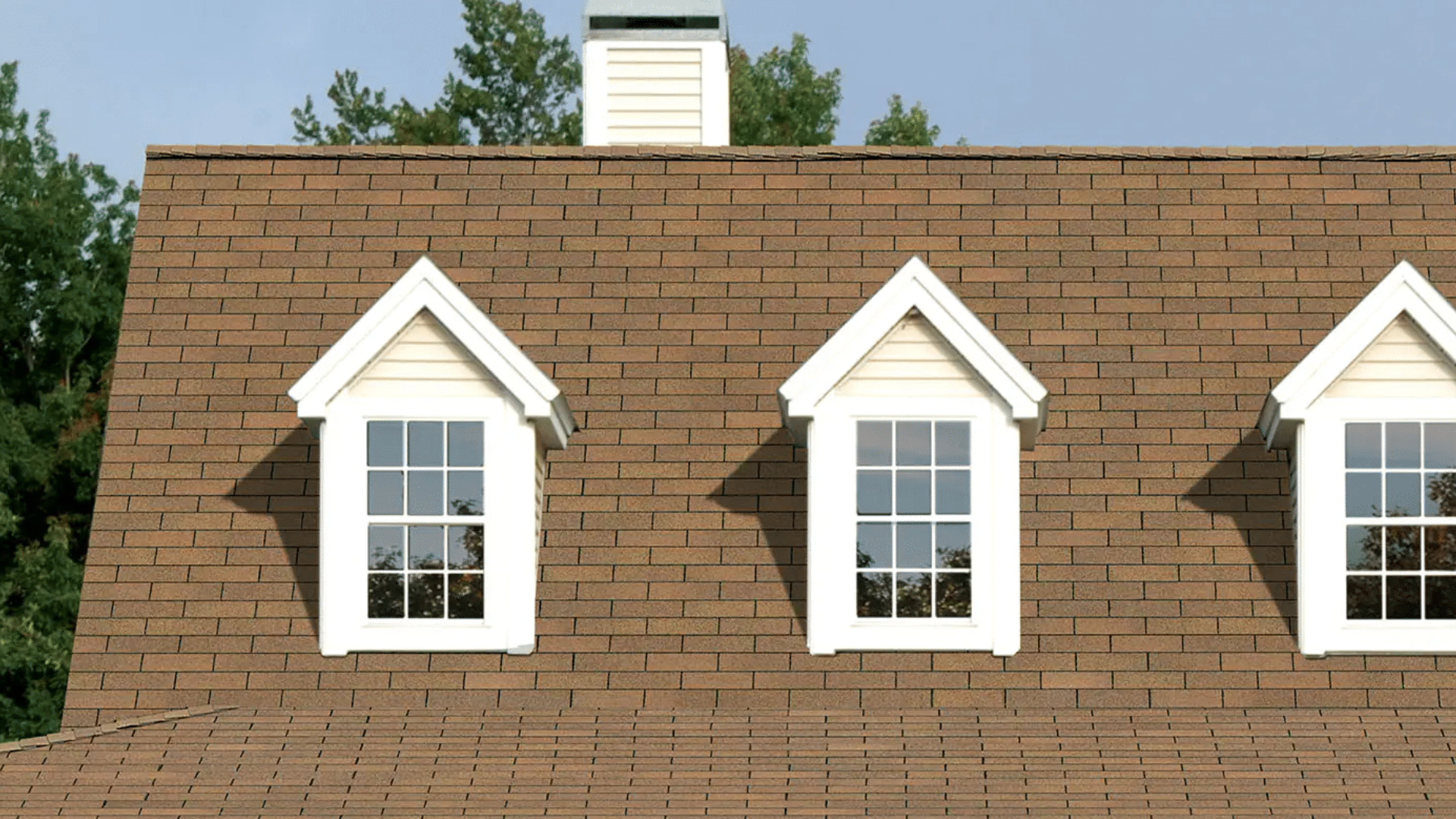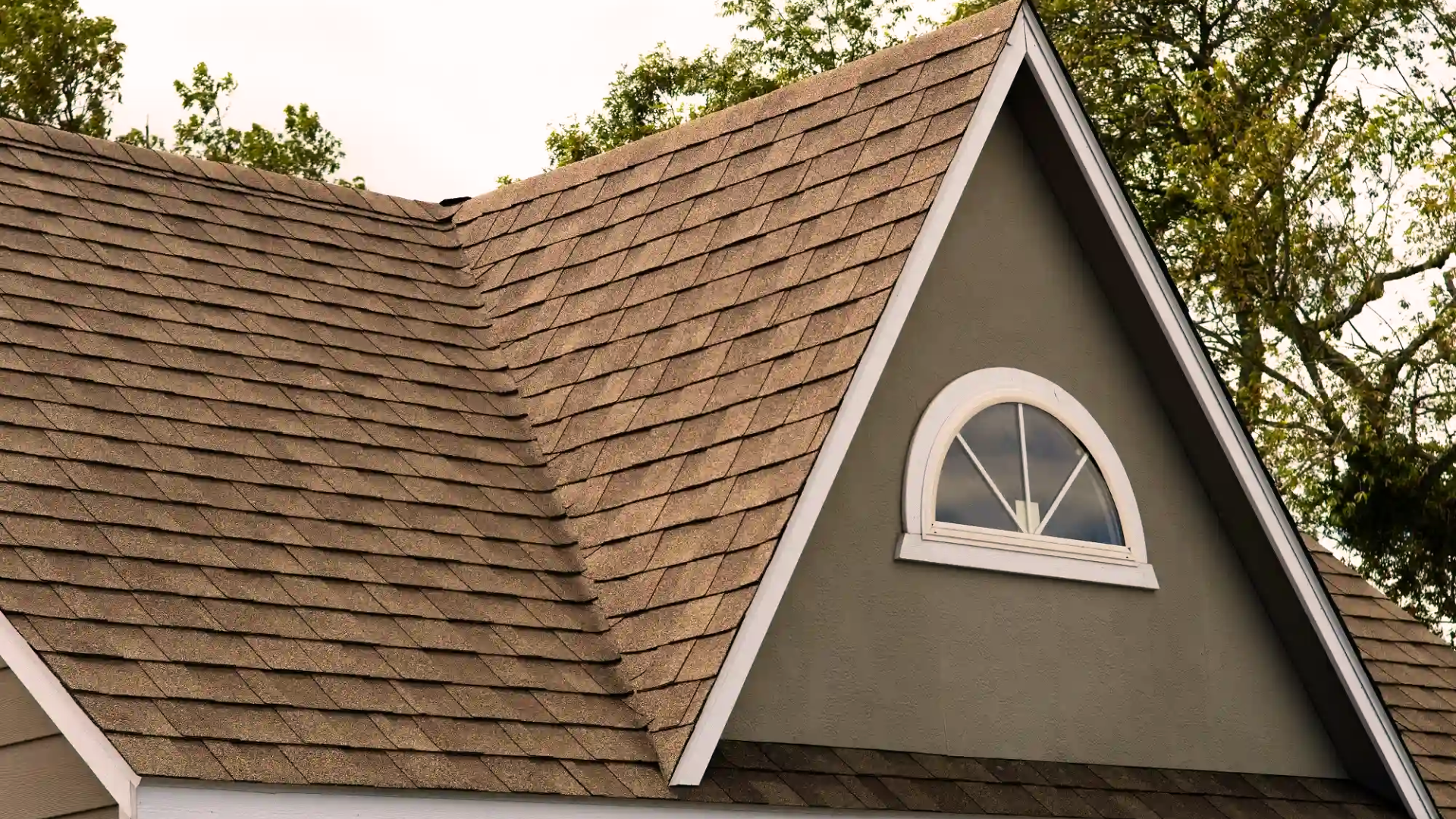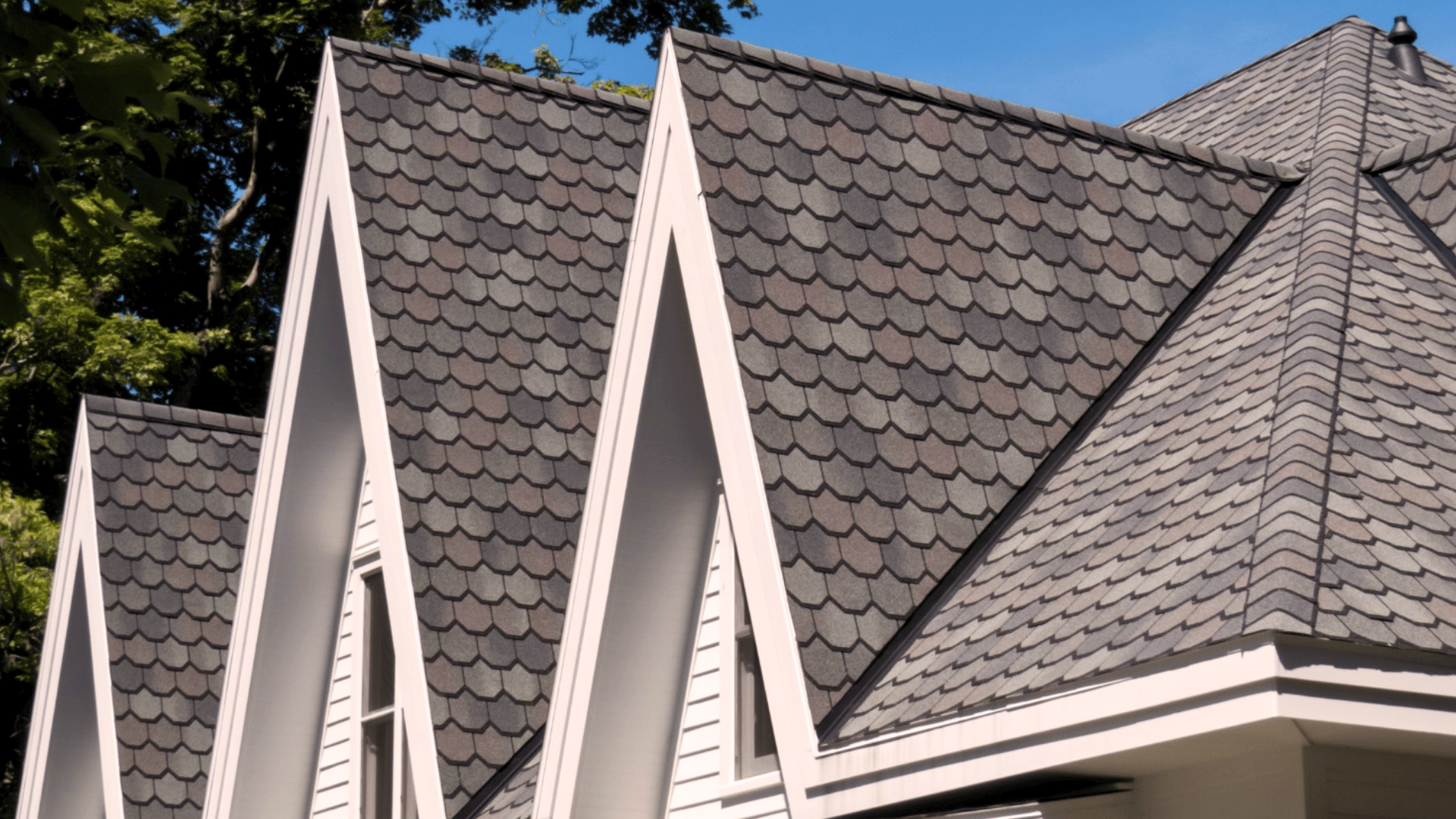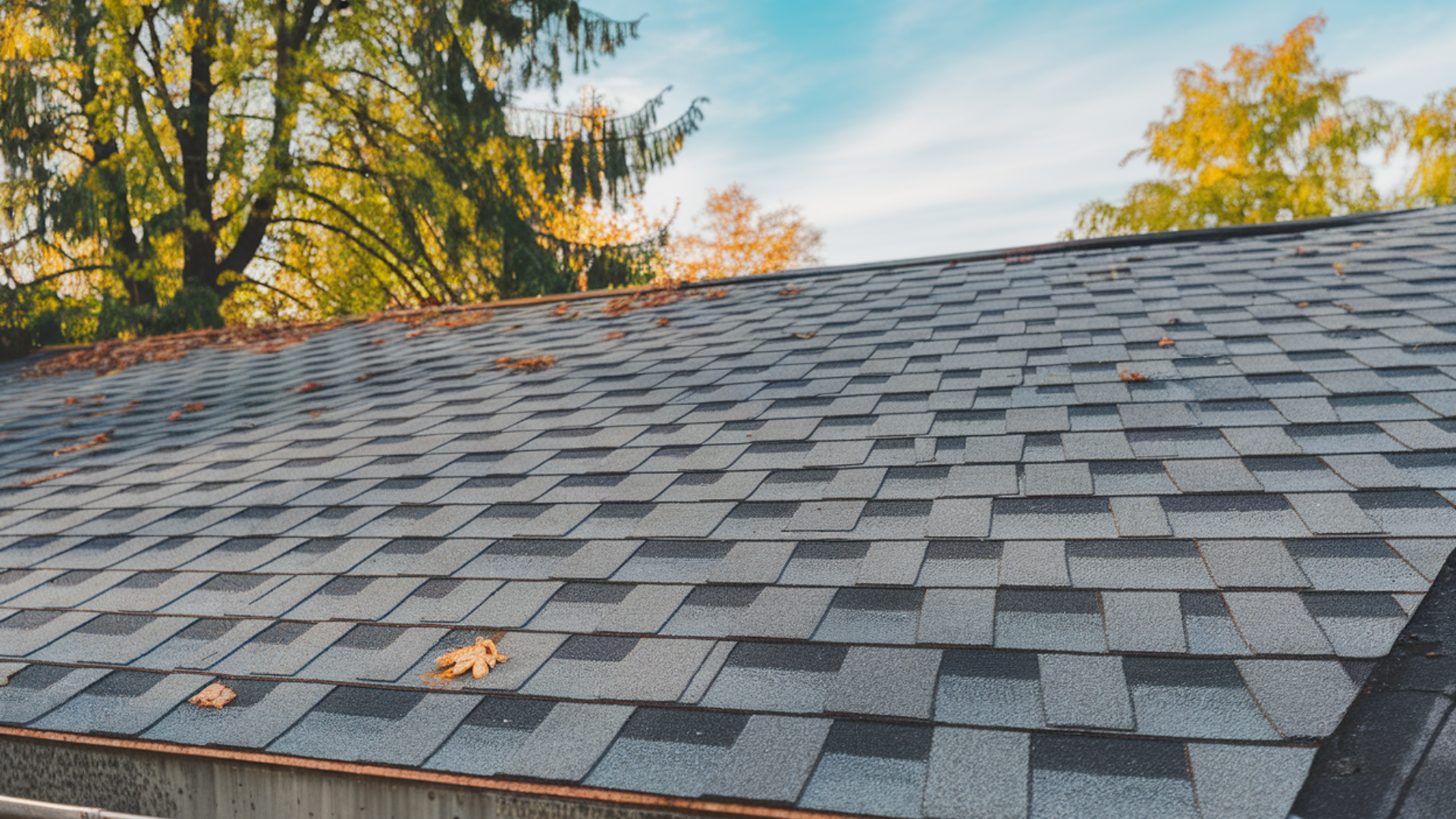When I first started researching roofing options for my home, I kept hearing a lot about composition shingles.
It didn’t take long to see why they’re such a popular choice among homeowners; they’re affordable, durable, and relatively easy to install.
As I dug deeper, I realized that understanding the different types of composition shingles and their specific benefits was crucial for choosing the right one for my roof.
That’s when I truly appreciated how much these shingles could offer.
In this blog, I’ll guide you through all the essential details about composition shingles, from their definition to the different types you can choose from, and how they stack up against other materials like asphalt shingles.
You’ll also learn some insights that will help you in making a confident and well-informed decision for your home.
What Are Composition Shingles?
Composition shingles are a durable and affordable roofing material made from fiberglass, asphalt, and minerals.
Lighter and easier to install than traditional materials like wood, tile, or metal, they are a popular choice for budget-conscious homeowners.
Their affordability, low maintenance, and easy installation help reduce overall costs.
Additionally, composition shingles offer better durability against weather conditions like rain and wind compared to wood or tile.
In short, they provide a great balance of value, strength, and ease.
Different Types of Composition Shingles
Composition shingles come in different types, each offering unique features suited for various needs and preferences. Let’s take a closer look at each type.
1. 3-Tab Shingles

3-Tab shingles are the most affordable and simple option for roofing. They feature a flat, uniform design with three tabs on each shingle.
This type of shingle is lightweight and easy to install, making it a great choice if you’re on a budget and looking for a cost-effective solution.
While 3-Tab shingles are inexpensive, they also have a shorter lifespan compared to other types. They are ideal for milder climates since they are not as resistant to strong winds or heavy storms.
If you’re looking for a basic, no-frills option, 3-Tab shingles work well, but be prepared for more frequent replacements over time.
2. Architectural Shingles

Architectural shingles are a step up from 3-Tab shingles, offering better durability and looks. These shingles are thicker, with a layered design that provides a more textured, dimensional look.
The added thickness improves their strength, making them more resistant to wind, rain, and other weather conditions.
If you’re looking for something that is not only more durable but also enhances the overall look of your home, architectural shingles are a great choice.
These shingles are perfect for homes in areas with extreme weather, as they handle wind speeds of up to 110 mph or more.
Although they cost more than 3-Tab shingles, they last longer and require less maintenance.
3. Luxury Shingles

Luxury shingles are the highest-end option in the composition shingle category. They are designed to mimic the look of wood or slate without the high cost of those materials.
These shingles are thicker and heavier than architectural shingles, offering superior durability and a premium look.
If you’re after a high-end appearance for your home, luxury shingles are an excellent choice. They offer better insulation and are extremely resistant to severe weather conditions.
While luxury shingles come at a premium price, they are a worthwhile investment if you’re looking for long-term durability and a beautiful roof.
The Pros and Cons of Composition Shingles
When it comes to roofing, composition shingles have become a popular choice for many homeowners. They come with a number of benefits, but like any material, they also have some drawbacks.
| Pros | Cons |
|---|---|
| Composition shingles are a budget-friendly option compared to materials like wood or metal. | They don’t last as long as other roofing materials like tile or metal roofs. |
| These shingles are lightweight and simple to install, which can save on labor costs. | High winds or heavy storms can cause damage if not properly maintained. |
| They come in many colors and designs, making it easy to find a look that suits your home. | Because they have a shorter lifespan, you may need to replace them sooner than other materials. |
| Composition shingles require minimal upkeep, just an occasional cleaning and inspection. | Made from asphalt and fiberglass, they’re not as eco-friendly as some other roofing options. |
| They work well in areas with moderate weather and are resistant to rain and light winds. | In regions with heavy snow, hail, or high winds, they might not perform as well as other materials. |
Overall, composition shingles are a great choice if you’re looking for an affordable and easy-to-install roofing option, but they might not be the best if you live in an area prone to severe weather.
How Long Will a Composition Shingle Roof Last?
On average, a composition shingle roof can last between 20 and 30 years. However, the actual lifespan can vary depending on several factors.
For example, the climate where you live plays a big role; extreme weather like heavy rain, snow, or high winds can shorten their life. Additionally, the quality of installation is crucial.
If the shingles are not installed correctly, they may wear out faster. To help your roof last as long as possible, regular maintenance is key.
Simple tasks like cleaning gutters to prevent water buildup and inspecting for damage after storms can make a big difference. You should also check for any missing or damaged shingles and replace them promptly.
By taking these steps, you can help your composition shingle roof reach its full potential lifespan and keep it in good shape for years to come.
Composition Shingles vs. Asphalt Shingles: What’s the Difference?
Asphalt shingles are actually a specific type of composition shingle, as most composition shingles are made with asphalt. But there are some key differences between the two that can help you decide which is right for your home.
| Aspect | Composition Shingles | Asphalt Shingles |
|---|---|---|
| Durability | Composition shingles are usually more durable and can last up to 30 years. | Asphalt shingles tend to wear out faster, usually lasting 15-20 years. |
| Cost | They are a bit more expensive than asphalt shingles, but are still affordable. | These are cheaper, making them great if you’re on a budget. |
| Appearance | Architectural composition shingles offer better looks, with more design options and texture. | Asphalt shingles have a simpler look and fewer design options. |
| Maintenance | These require fewer frequent repairs, especially if properly installed. | It may need more frequent repairs and maintenance over time. |
If you’re looking for better durability and a more attractive appearance, consider composition shingles. But if you’re on a tighter budget and need something more cost-effective, asphalt shingles could be a good option.
Conclusion
Composition shingles are a reliable, cost-effective roofing option that’s durable, easy to install, and available in various styles.
While they are a great choice, they have a shorter lifespan compared to some materials.
When choosing roofing materials, consider your budget, location, and style preferences, factors I focused on when selecting the right roof for my home.
If you’re considering composition shingles, I recommend consulting a roofing professional to ensure you select the best option for your needs and get a roof that lasts.

